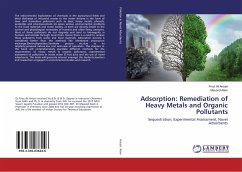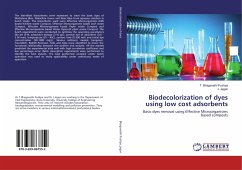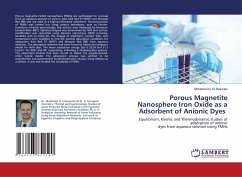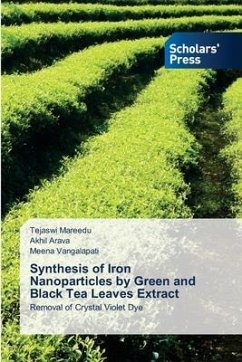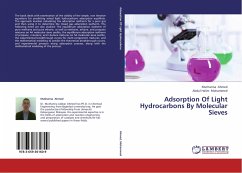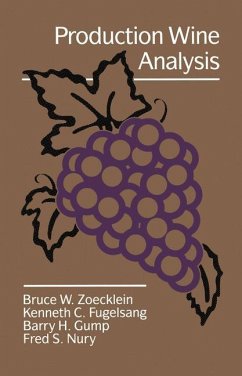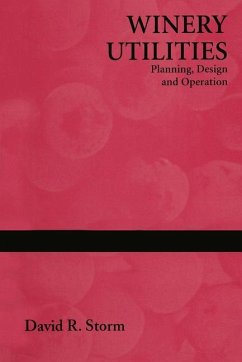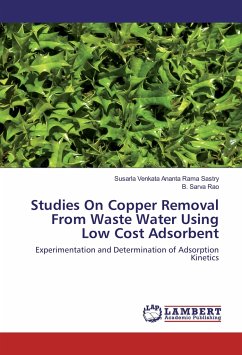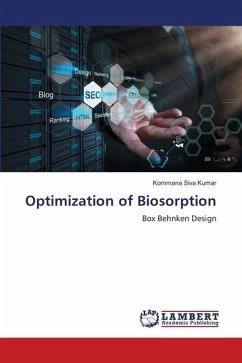
Evaluation of Grape Wine Industry Waste as Low Cost Biosorbent
Isotherms, Kinetics and Thermodynamics Study
Versandkostenfrei!
Versandfertig in 6-10 Tagen
19,99 €
inkl. MwSt.

PAYBACK Punkte
10 °P sammeln!
Grape residue, generated in the grape wine production after pressing process, were used as biosorbent material for the removal of heavy metals as cobalt(II), copper(II), manganese(II) and dyes as methylene blue (MB), Rhodamine-B (RhB) and methyl orange (MO) from aqueous solutions. The influences of pH, biosorbent dosage, initial metal ion concentration, contact time and solution temperature were studied in batch mode. Langmuir, Freundlich and Temkin isotherm models were used to model the experimental equilibrium data. Experimental data were also used for determining the biosorption kinetics us...
Grape residue, generated in the grape wine production after pressing process, were used as biosorbent material for the removal of heavy metals as cobalt(II), copper(II), manganese(II) and dyes as methylene blue (MB), Rhodamine-B (RhB) and methyl orange (MO) from aqueous solutions. The influences of pH, biosorbent dosage, initial metal ion concentration, contact time and solution temperature were studied in batch mode. Langmuir, Freundlich and Temkin isotherm models were used to model the experimental equilibrium data. Experimental data were also used for determining the biosorption kinetics using pseudo-first order and pseudo-second order kinetic models. Also, thermodynamic parameters were calculated to predict the nature of were calculated to predict the nature of biosorption. All results showed that grape residue can be used as an alternative, effective, low-cost and environmentally friendly biosorbent for removal of both heavy metals and toxic dyes from aqueous media.



